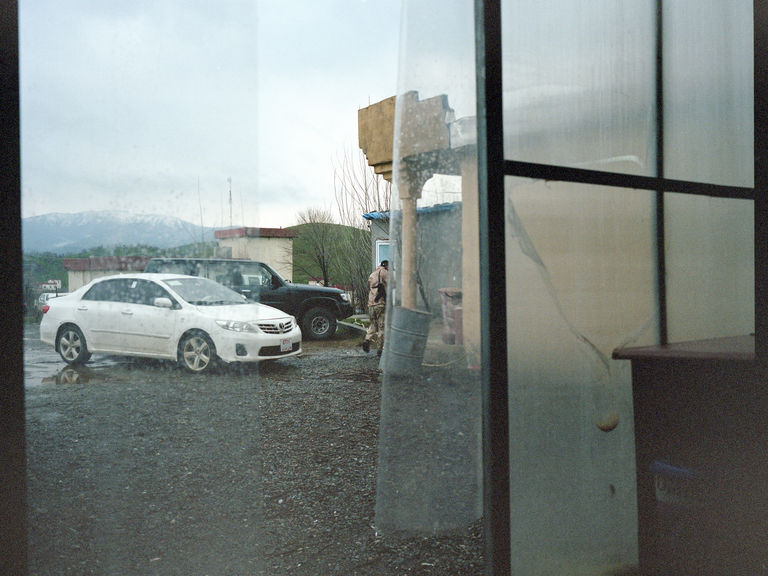Project Detail: The Greater Zab: The Last Free River of Mesopotamia
Contest:
Reportage and Documentary 2020
Brand:
LuganoPhotoDays
Author:
Alex Kemman
Project Info
The Greater Zab: The Last Free River of Mesopotamia
The Greater Zab represents the friction between freedom and control. This last free flowing river originates in the rugged Kurdish mountains, in a border zone that is traditionally in conflict. Far away and marginalized, but at the same time geopolitically important.
The Greater Zab represents the friction between freedom and control. This last free flowing river originates in the rugged Kurdish mountains, in a border zone that is traditionally in conflict. Far away and marginalized, but at the same time geopolitically important.
Description
The water of the Tigris river is historically low. Dams in Turkey, Iran and Iraq carry a heavy cost downstream. The land between two rivers – Mesopotamia – is drying up.
Only one river in the Mesopotamian watershed is still flowing free: the Greater Zab. Supplying one third of watervolume to the Tigris River it is a key river for humans and animals in the region.
This river springs in the high mountains of Southeastern Turkey where after it flows into the Kurdish region of Iraq. However, dozens of dams are planned both in Turkey and Iraq as companies and states see the undammed river as untapped potential for hydropower and irrigation.
The Greater Zab may no longer run free.
This last free flowing river represents the friction between freedom and control. Dams are political instruments to control the key resource of this region, and therefore the territory and population that lives in it. Some dams are even used as waterwapons.
This project follows the course of the Greater Zab and its tributaries as the water traverses through boundaries, and transmits a feeling of creeping domination and hidden tension that permeates the landscape and lives of people whom endure powerful forces.
The Greater Zab river shows repression and attempts to control what cannot be controlled in its essence.
















